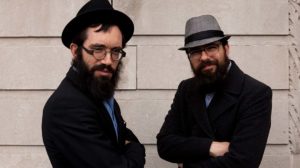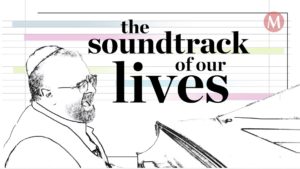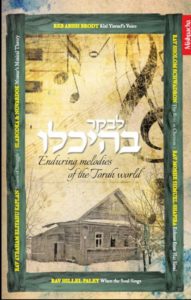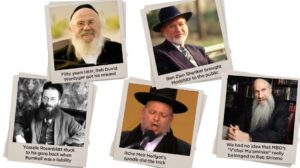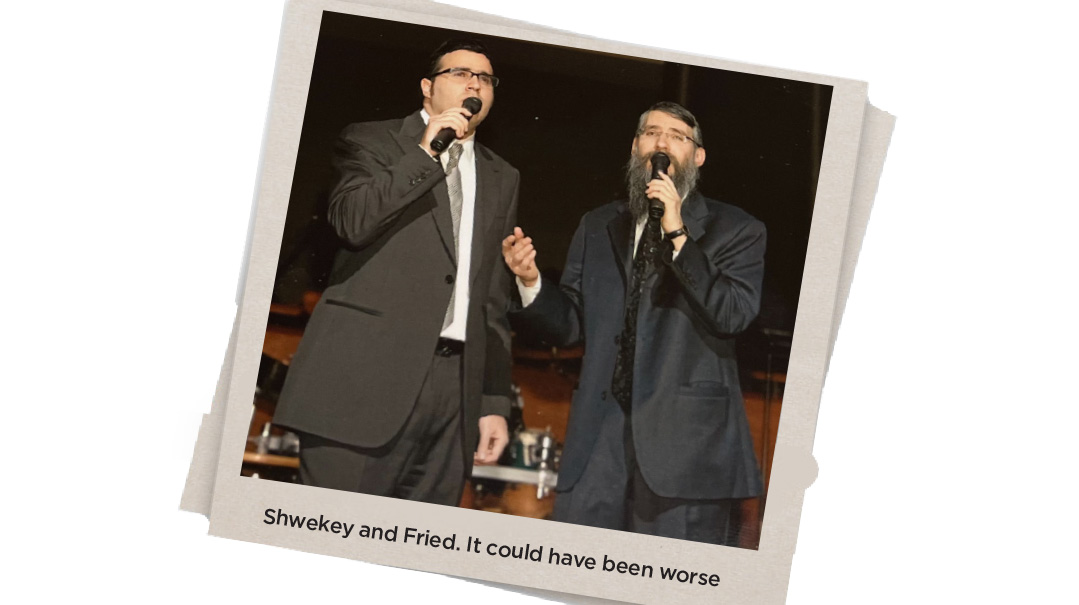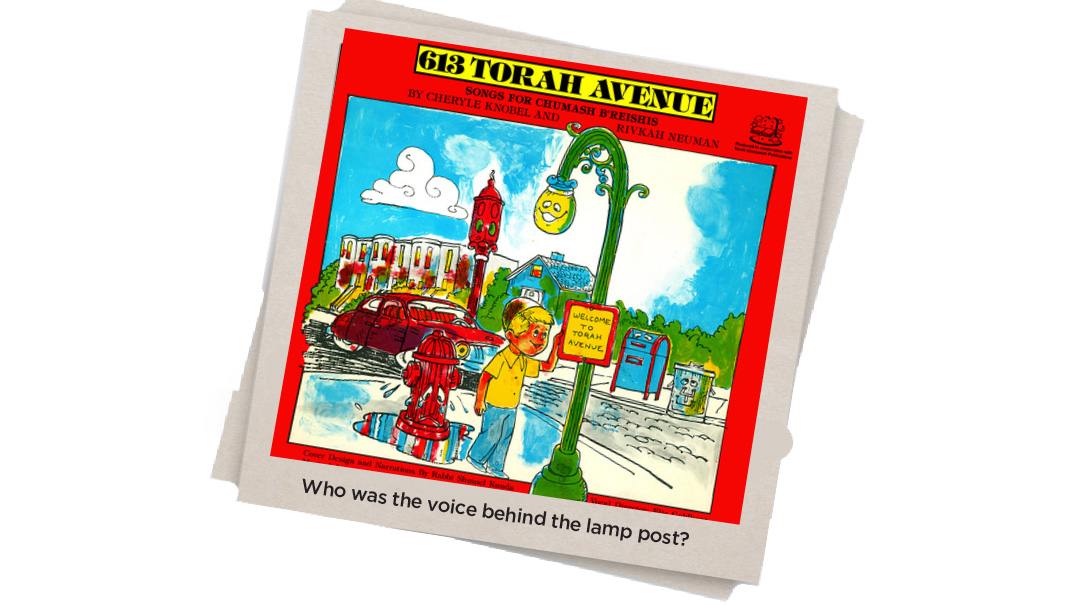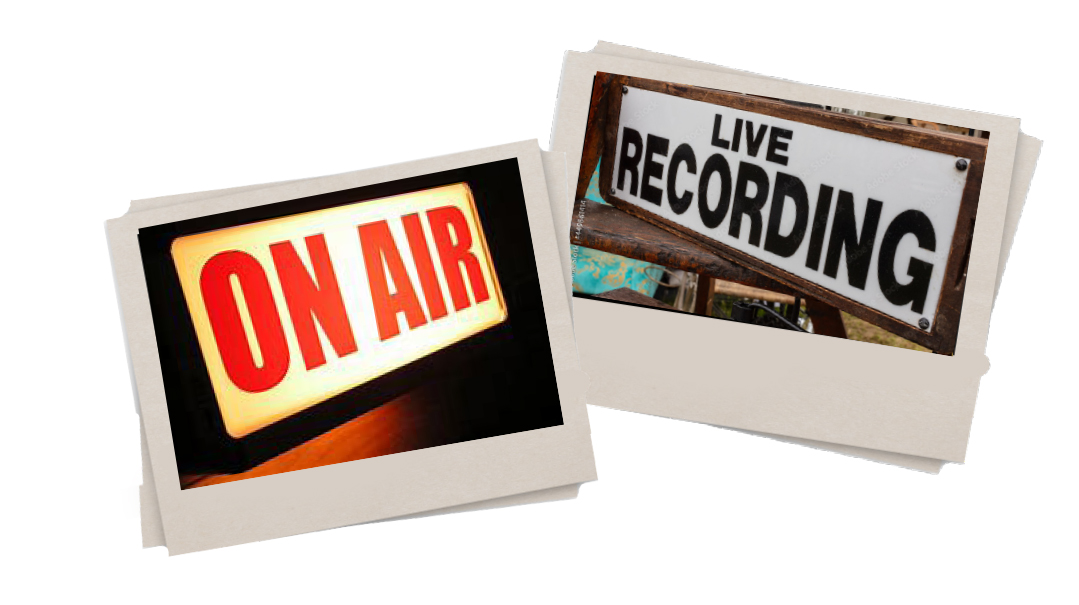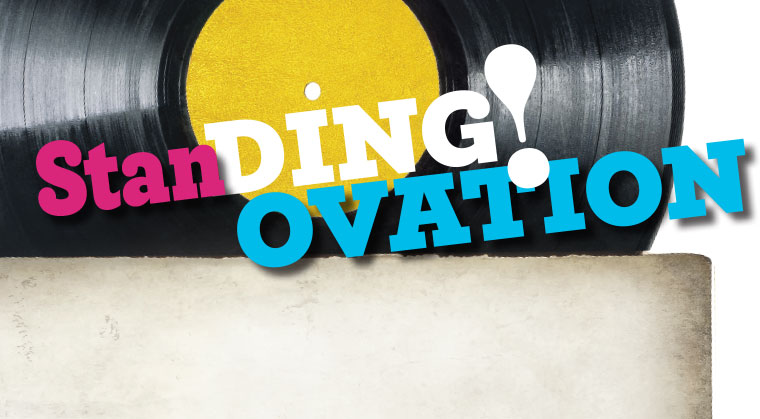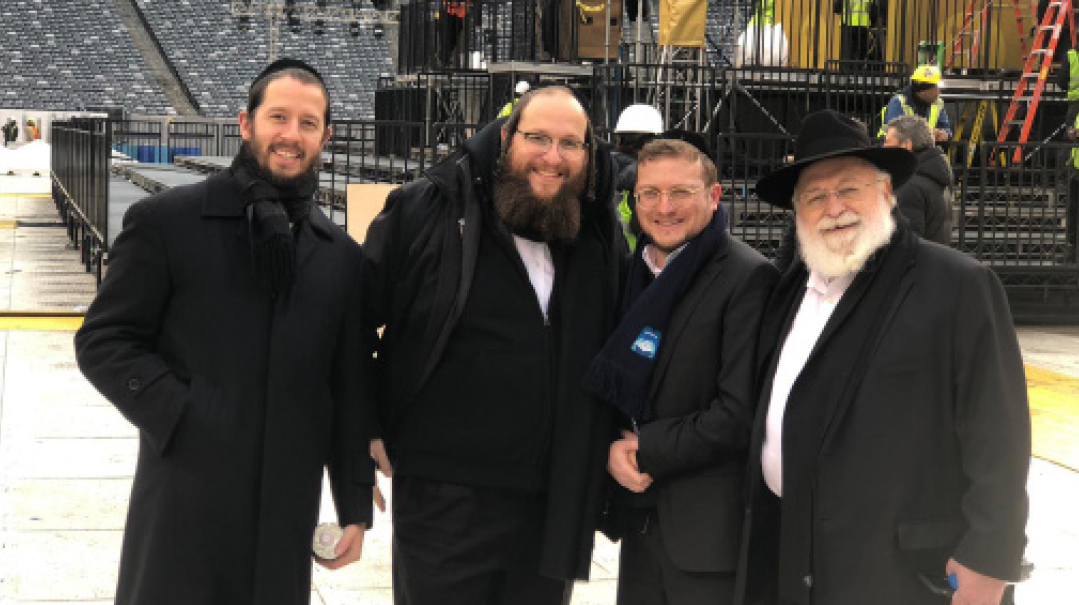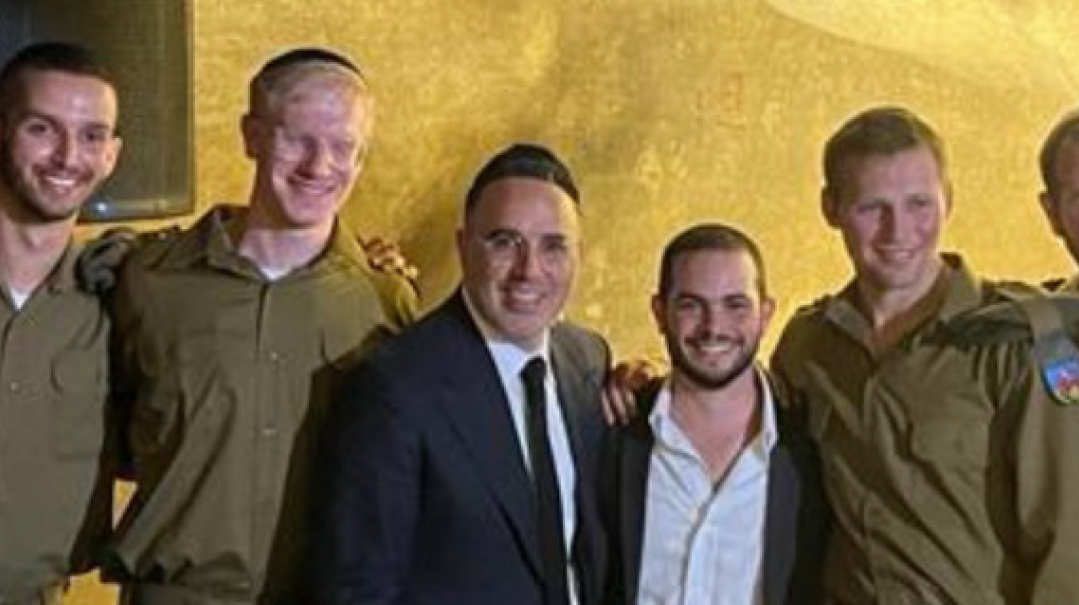And the Winner Is

Some of the greatest English songs on Jewish albums were products of Color War
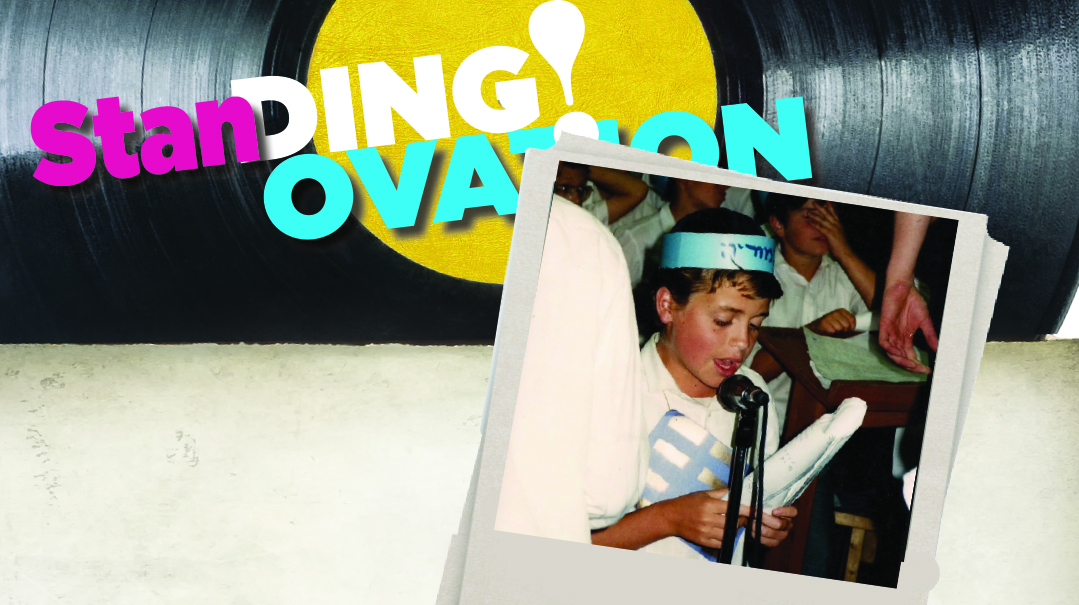
I admit it. It doesn’t sound too glorious or glitzy, but what really gave me the impetus to enter the Jewish music business was Color War. I might have been partial to the Grand Sing, but I loved every aspect of color war. The sports, the banners, the plays (although I always considered the Grand March a ridiculous waste of time, with its hours of rehearsal under the hot sun and those silly costumes made out of cardboard and crepe paper). Also, I never quite understood how teams got points for davening.
Yet some of the greatest English songs on Jewish albums, especially many of those nostalgic JEP songs from the ‘70s and ‘80s, were products of Color Wars past. There was “Dear Nikolai,” a Camp Kol Ree Nah alma mater, “Times of Joy,” which was a Camp Agudah’s marching song, and so many others.
Some things about camp never change — like the breakout to get everyone into the Color War spirit. Actually, any time during the last few weeks of camp, if so much as a plate of soup is dropped by a waiter, everyone screams “Color War!” I tried to find the individual who coined the lyrics to the famous Chabad tune: “Campers, counselors, have no fear, there will be Color War this year, 1, 2, 3, 4 — we want Color War, 5, 6, 7, 8 — we don’t want to wait.” A few people said it was Eli Teitelbaum a”h, but somehow, I’m not sure the words do his legacy justice.
Benny Friedman relates that the first job he ever got paid for was a Color War breakout at Camp Romemu. They had a professional makeup artist try to make him look like his uncle Avraham Fried. He wasn’t sure anyone was fooled, but it was close enough to keep the campers happy.
Both Abie Rotenberg and Rabbi Baruch Chait reminded me of the famous breakout that took place in Camp Manayim. At Maariv after Tishah B’Av, as everyone was heading in to break their fasts, an elderly rav with a long white beard addressed the camp and, in a serious and almost tearful voice, told the campers that a crucial mistake was made on American calendars and that Tishah B’Av really began that night. It obviously didn’t take too long for the campers to realize this was a breakout, but it really did scare a few hungry boys, thinking they’d have to fast another 24 hours…
One unintentional breakout took place at Camp Rayim, after assistant head counselor Rabbi Dovid Finkelman noticed a huge helicopter landing in the center of camp. He knew he didn’t order one, so he ran over to the chopper. The pilot got out and began unfurling a banner that said “Color War.” Only problem was, that wasn’t Camp Rayim’s breakout. The helicopter was supposed to go to Camp Adas Yereim, not Rayim. Maybe that’s why they invented Waze.
Back when the institution of Color War began many decades ago, it was just two opposing colors. Then it became two opposing colors and two Jewish themes. Usually, it was a fair balance, like Shabbos vs. Yom Tov, Shamayim vs. Aretz. I do, however, remember one color war in Camp Kol Ree Nah where the teams were Yerushalayim and Yavneh. I think everyone felt that Yerushalayim had an unfair advantage. Needless to say, I was on Yavneh. And yes, we lost big time.
I remember Color War in Camp Agudah of Toronto, when Dedi was the one to break it out. We were both on staff then, and it was so hard to explain to him, an Israeli, what Color War actually was. But he definitely figured it out, because the next morning, when the camp awoke, Dedi was there, wearing red from head to toe, including his hair, socks, and shoes. In camp, you learn quickly how to have a good time, no matter where you’re from.
As part of the rules in Camp Munk, when two teams wanted to use the same songs, they had to flip for it. A coin toss would determine which team would get which song. One year, the two generals were Ali Scharf and Tuli Besser. Both teams had picked four of the same tunes. So they went to a coin toss, and Ali lost all four songs. Feeling dejected, he sat down and wrote his own songs and actually created the famous “Ish Chassid,” the beloved JEP II classic.
I’ve always wondered whether it’s the campers or the counselors who love color war so much. I think it’s both. While some people might think that a three-day intense competition is too much for a camper, I think that — amid the happiness, sadness, winners and losers — as long as the camp sets appropriate rules and limits, the campers come away learning teamwork, loyalty, sportsmanship, and so much more. Those are the real winners.
(Originally featured in Mishpacha, Issue 871)
Oops! We could not locate your form.

